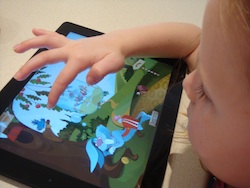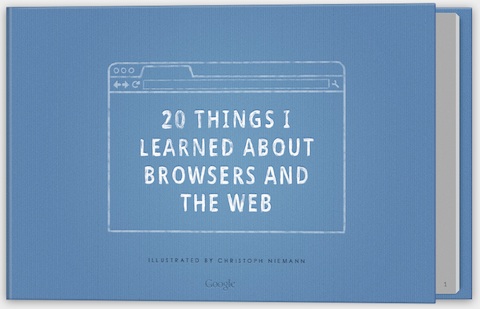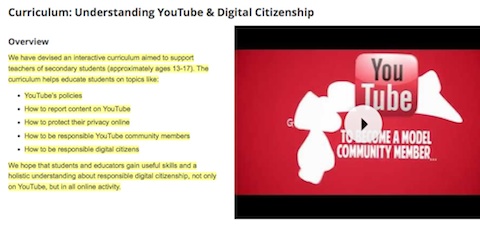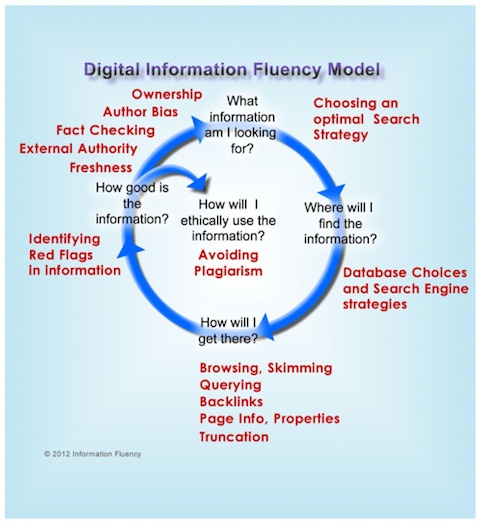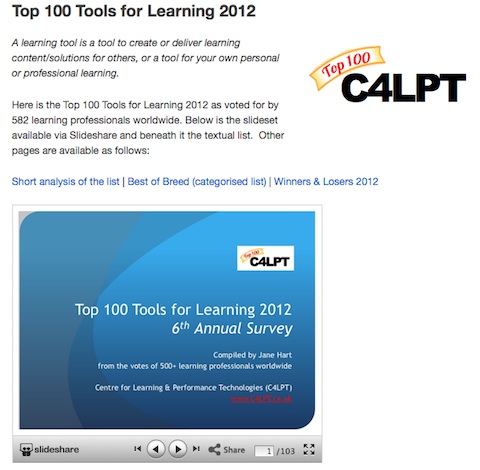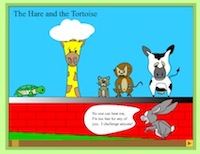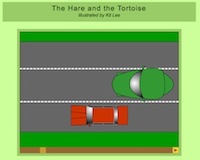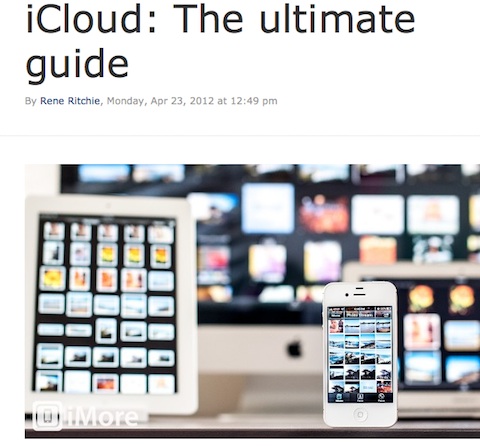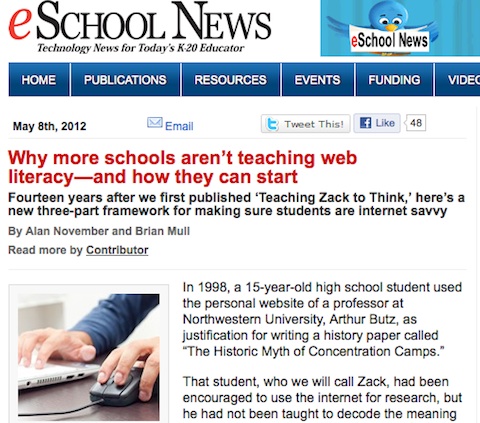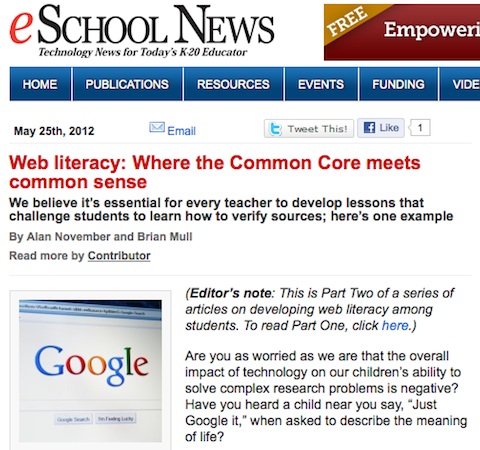Maurice Saxby spoke at the Awards Night for the School Library Association of NSW on 30 March held at the Children’s Bookshop at Beecroft.
 In 1955 Maurice Saxby was the second Teacher Librarian ever to be appointed to a school in New South Wales. He has inspired teachers and Teacher Librarians for many years and his book “Give them wings” impelled many to offer exciting opportunities for children to experience literature.
In 1955 Maurice Saxby was the second Teacher Librarian ever to be appointed to a school in New South Wales. He has inspired teachers and Teacher Librarians for many years and his book “Give them wings” impelled many to offer exciting opportunities for children to experience literature.
He spoke of his own encounter with books and reading as a young boy and told us of the influence of the special teachers he had as a child – who inspired in him a love of literature simply by reciting a poem or leading a discussion. Teachers, parents and even ‘Nannas’ still do this today but we now have at our fingertips so many rich resources to extend these experiences even further.
Maurice told us why reading literature is important: “Apart from what we see about human beings when we read and what we find out about life, we’re attuned to story and to the shape of story and to the way words work.”
The night of the awards I went to stay at the home of my son where I regularly read books to my two granddaughters and we make up and enact imaginary stories. With renewed energy to instill a love of literature and reading into the lives of these two little girls, aged two and four, I seized hold of opportunity and here is what enfolded the next morning.
As usually happens, the four year old commandeered my iPad to open a folder full of books and activities selected for her. The younger two year old went for my iPhone where she too knows how to open relevant folders and spends a lot of time looking at family photos and videos of herself in particular! This photo was not “set up”!

Miss Four had, on a previous occasion, asked me to get the “Playschool App” as she had seen it advertised on Playschool and it had cool puzzles in it! I had done so and she now was looking at a previous episode of Playschool she had found on the app – streamed live from the ABC website. She was watching the reenactment of “The Hare and the Tortoise” and we discussed the meaning of the fable and the saying “Slow and steady wins the race”.

I was a little dismayed to find there was no print copy of the story in this home to read to the girls – Nanna will have to rectify that!
Later I took the girls outside to play.
“Lets play races”, said Miss Four…
”I’ll be the tortoise and you can be the hare,” she said to her little sister.
“Well, we’ll need a washing basket and some ears,” I said. So she ran off and came back with some ears out of the dress-up box – left there from Easter bunnies last year. The washing basket was emptied and straps were attached to it by her mother.
With very little help from Nanna the story was enacted – again and again! The little hare asleep on the mound of the basketball stand was just beautiful… then she awoke just in time to see the Tortoise win the race!


Later in the day when the technology was again “picked up” Miss Four asked if there was a book app for the Hare and the Tortoise. I found a traditional version with original pictures as well as a more modern version. Both offered read-a-loud support and some interactivity. A couple of dollars later we read both versions together and Miss Four mastered all the activities – while Miss Two once again watched herself in family videos on my phone.
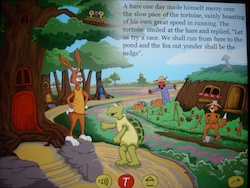

An exhausted Nanna was sure by the end of the day that both girls had encountered literature in many engaging ways – a day we will all remember! Thank you Maurice!
